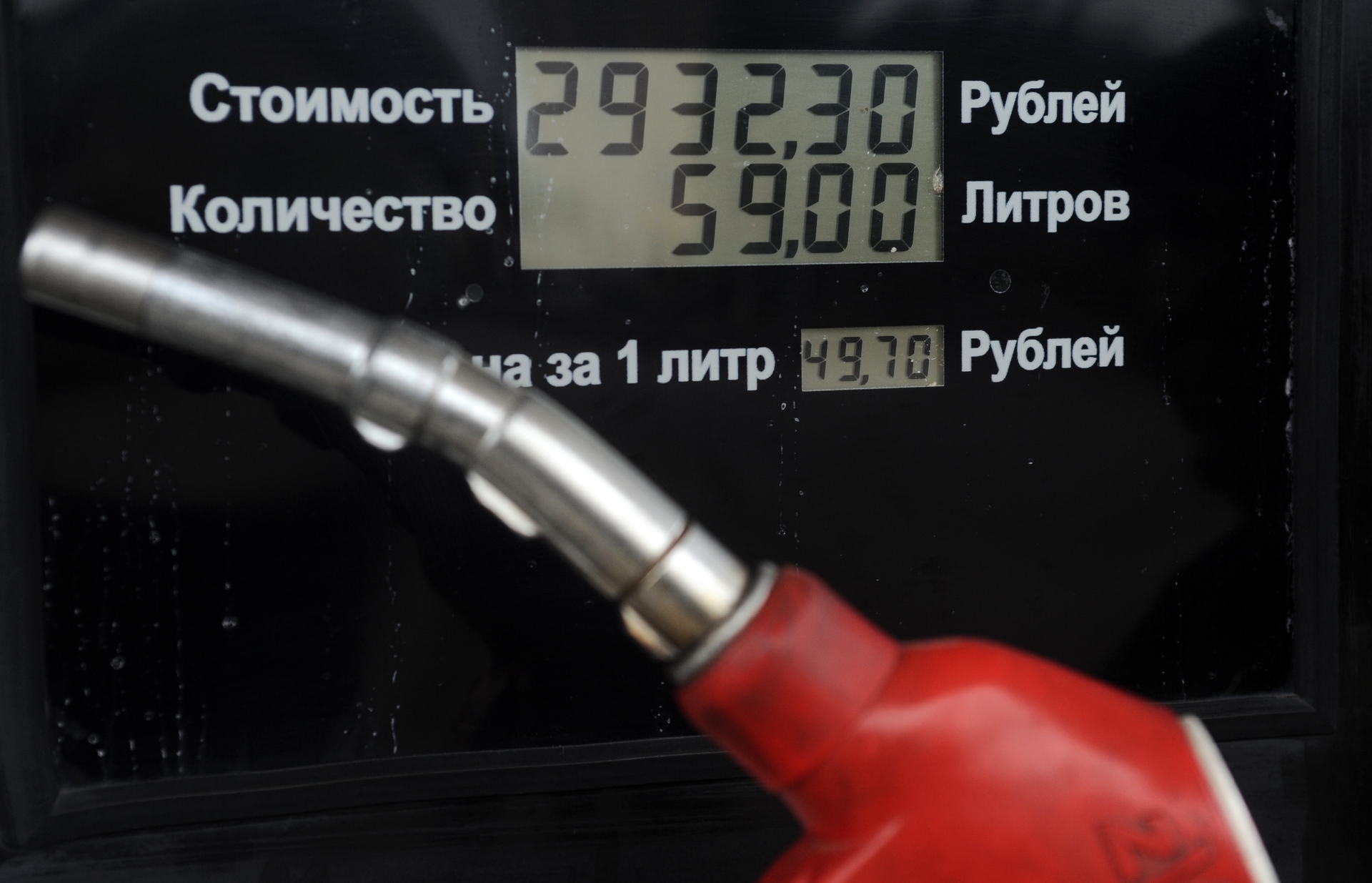Over the week from November 8 to November 14, the average retail price of AI-92 and AI-95 gasoline in Russia increased by 0.22% - to 46.54 and 50.34 rubles, respectively.
At the same time, a liter of diesel fuel rose in price by almost 1%, to 52.1 rubles.
Such data on Wednesday, November 17, was published by Rosstat.
According to the Ministry of Economic Development, over the past year, gasoline prices in Russia have grown by an average of 7.5%.
At the same time, the rate of rise in the cost of fuel remains noticeably lower than the general inflation rate in the country (8.1%).
“The fact that the rise in fuel prices remains below inflation is due to the action of the damper.
This is a feature of the Russian tax system, with the help of which the state maintains the cost of fuel at an acceptable level for the population and business.
Prices remain relatively stable even when oil prices rise or fall sharply on the world market, "Denis Badianov, an analyst at Alfa Capital, told RT.
Recall that the damper in the Russian fuel market started working back in 2019.
Under this mechanism, the state reimburses oil companies for lost revenues when supplying fuel to the domestic market.
Thus, if the prices for fuel within the country are lower than export prices, oil workers receive compensation from the budget.
At higher prices on the domestic market, companies, on the other hand, allocate part of their profits to the treasury.
This avoids sudden jumps in the cost of fuel to consumers.
Since May 1, 2021, the authorities have made additional adjustments to the formula of the mechanism to contain the prices of gas stations.
As a result, companies can now claim more compensation from the budget.
“Due to the widening gap in the dynamics of external prices and internal exchange prices, the retail price of gasoline in Russia is now much lower than abroad.
We see that today a liter of AI-92 costs on average 12-13 rubles cheaper than it would be without a damper, and AI-95 fuel is sold for about 9-10 rubles cheaper, "the chief analyst of the GC said in an interview with RT. TeleTrade "Mark Goykhman.
Moreover, at the moment the Russian government is ready to take measures to further contain fuel prices.
This was announced on November 16 by Deputy Prime Minister Alexander Novak.
“We held a meeting with oil companies, with experts, there are a number of proposals that are now being worked out.
We have to forecast the situation for the next year.
Our task is to ensure that prices remain below the inflation rate, and the government is working in this direction, "Novak quoted TASS as saying.
In particular, today the Cabinet of Ministers, together with the Ministry of Finance and the Ministry of Energy, are considering the possibility of a new adjustment of the damping mechanism for 2022.
However, as noted by Alexander Novak, the final decision has not yet been made.
Note that special measures are being worked out to stabilize diesel prices.
A number of relevant initiatives were presented on November 17 by the Federal Antimonopoly Service (FAS).
The department also proposes to additionally adjust the damper and at the same time increase the volume of fuel sales on the exchange, reduce the amount of surrogate and optimize the transportation of fuel.
RIA News
© Alexey Sukhorukov
According to Mark Goikhman, rather tough signals from the government to major players in the fuel market helped keep fuel prices from sharper growth in recent months.
So, earlier the Cabinet of Ministers considered the possibility of a complete ban on the export of energy raw materials abroad.
However, the introduction of such a measure was not required, since the enterprises themselves, on the recommendation of the authorities, began to reduce the sales of fuel abroad and to more actively supply fuel to the domestic market of the country.
As the head of the analytical department of AMarkets Artyom Deev noted in a conversation with RT, the introduction of new quarantine restrictions in Russia in early November also had a positive impact on prices.
During non-working days, the consumption of gasoline and diesel decreased slightly, as the movement of Russians around the country and within megacities decreased, the specialist explained.
“Thus, demand has decreased, and sellers do not dare to seriously raise prices for the time being, fearing a reduction in consumption even more.
In addition, we see refineries reaching full capacity after the autumn renovation season.
This allows us to provide the domestic market with the required volume of supply, ”added Deev.
In the current environment, experts believe that the rise in gasoline prices in Russia will remain within inflation.
According to Mark Goikhman's forecast, by the end of 2021, the cost of a liter of AI-92 may be about 47.8 rubles, and the price of AI-95 fuel will be close to 52.5 rubles.

